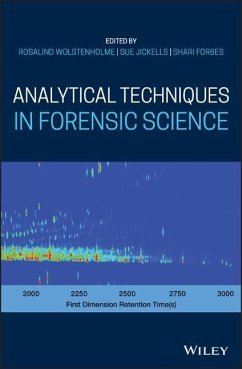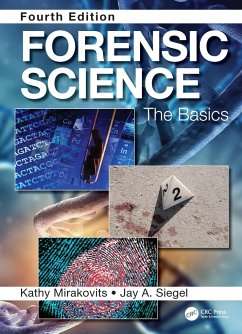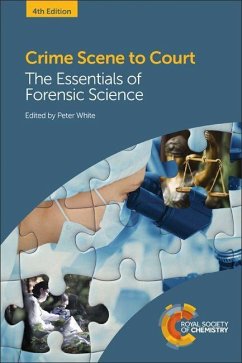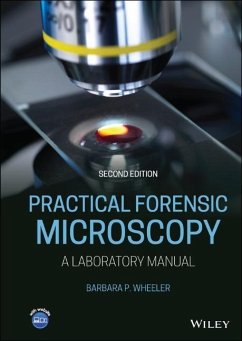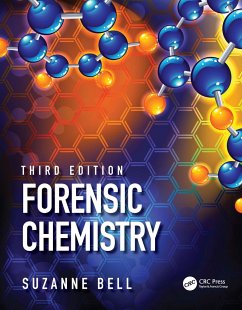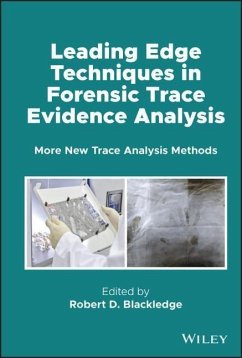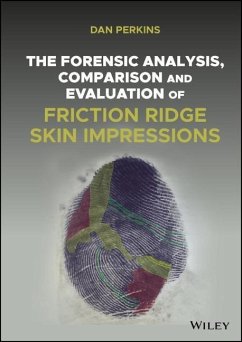
Challenges in Detection Approaches for Forensic Science

PAYBACK Punkte
113 °P sammeln!
Highlighting key obstacles within this ever-changing environment, this book will explore the specific challenges encountered by forensic scientists and the developments that are being made to address these within the framework of the legislative requirements.





